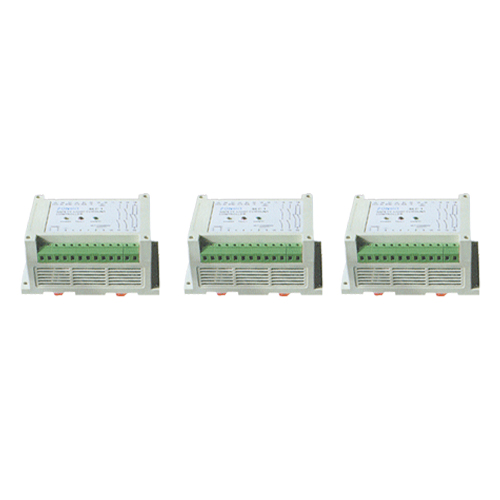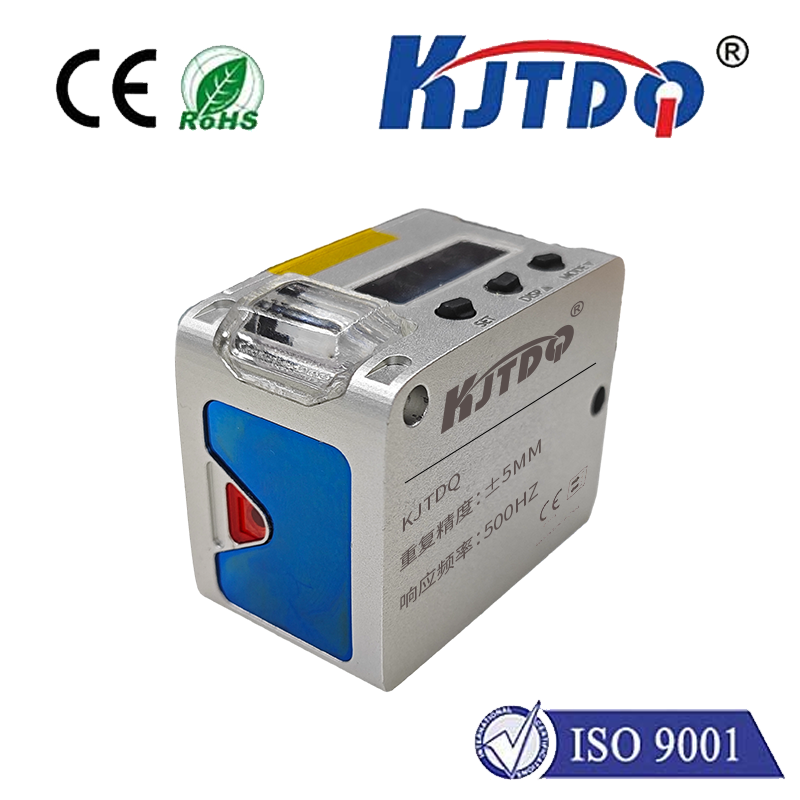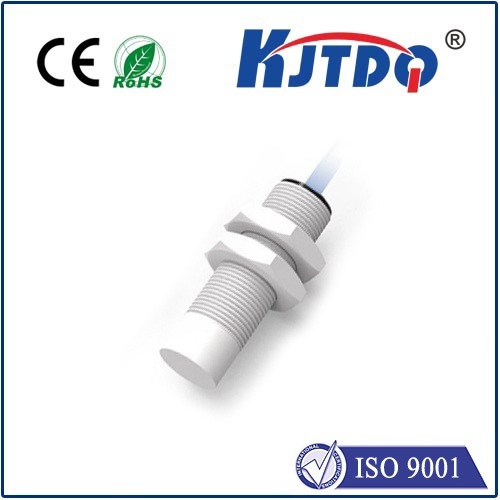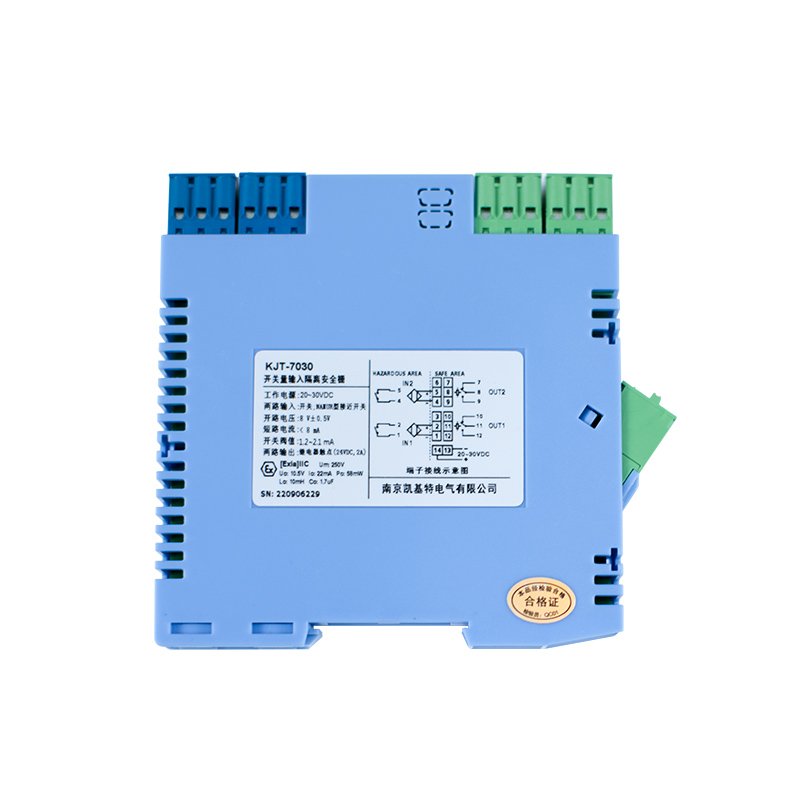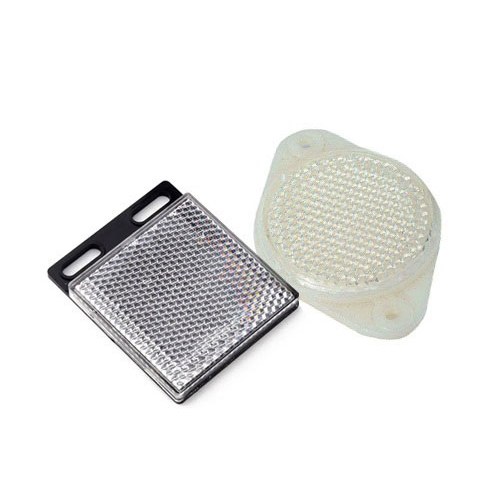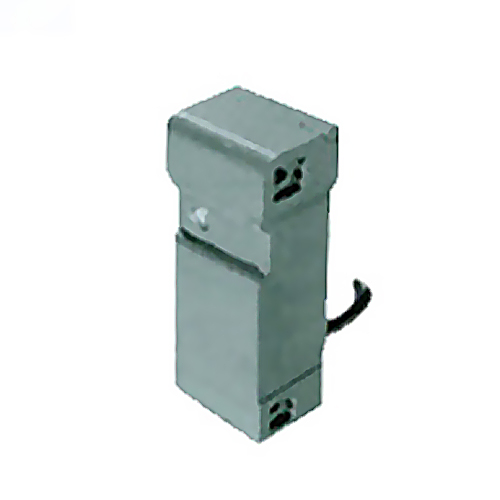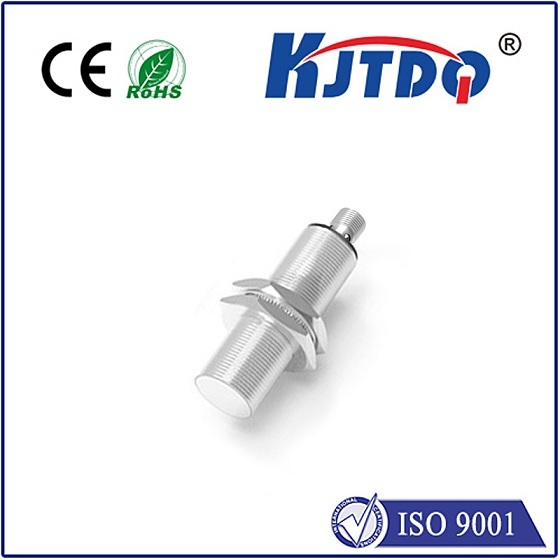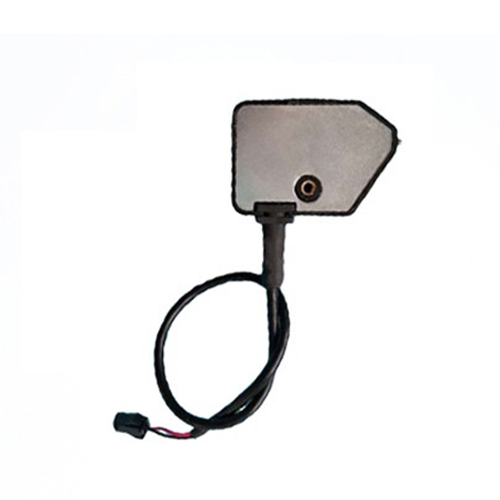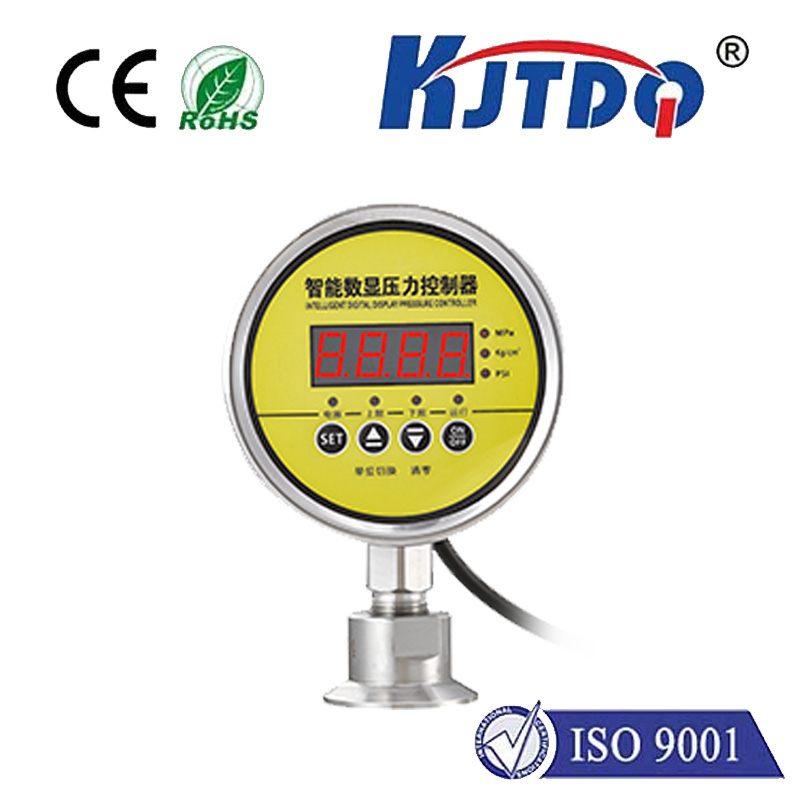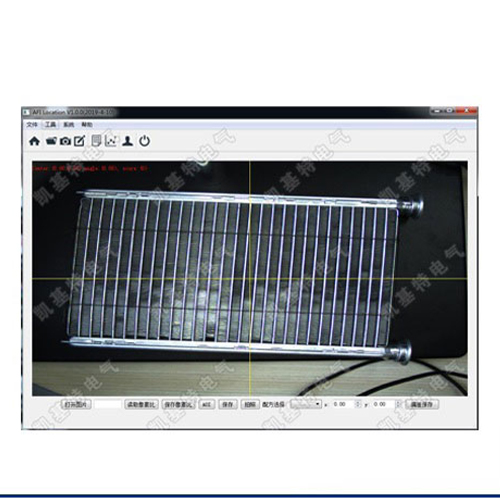

check

check

check

check
Doppler Radar Sensor: Revolutionizing Weather and Agriculture Monitoring
With the increasing demand for accurate and real-time environmental data, Doppler radar sensors have become essential tools in both weather forecasting and agricultural monitoring. These advanced sensors use the Doppler effect to measure the velocity of precipitation particles, providing valuable insights that help in predicting severe weather events and optimizing crop management. This article explores the key features, applications, and advancements in Doppler radar sensors, highlighting their role in modern technology.

Doppler radar sensors operate by emitting microwave signals and analyzing the frequency shifts caused by moving targets, such as raindrops, snowflakes, or hail. This principle, known as the Doppler effect, allows the sensor to determine the speed and direction of these particles. The data collected is then processed to generate detailed images of weather patterns, enabling meteorologists to track storm systems, identify precipitation areas, and predict the path of storms with greater accuracy. In agricultural settings, Doppler radar sensors are used to monitor soil moisture and crop health, helping farmers make informed decisions about irrigation and fertilization.
One of the most significant advantages of Doppler radar sensors is their ability to provide continuous, real-time data. Unlike traditional weather instruments, which often require manual observation and reporting, these sensors offer an automated and reliable source of information. This real-time capability is especially crucial in extreme weather conditions, where timely warnings can save lives and prevent damage to infrastructure. Additionally, Doppler radar systems can be integrated with other technologies, such as satellite imagery and ground-based sensors, to create a comprehensive monitoring network that enhances weather prediction accuracy.
In addition to weather monitoring, Doppler radar sensors have found applications in various other fields. For instance, in aviation, they are used to detect and track aircraft movements, improving flight safety and operational efficiency. In disaster management, these sensors help in assessing the impact of natural disasters, such as floods and hurricanes, by providing detailed information on rainfall distribution and wind patterns. The integration of Doppler radar sensors with machine learning algorithms further enhances their capabilities, allowing for predictive analytics and more precise decision-making.
As technology continues to evolve, the development of more advanced Doppler radar sensors is expected to bring even greater benefits. Innovations in sensor design, signal processing, and data analysis are making these systems more accurate, efficient, and user-friendly. For example, newer models are equipped with improved resolution and longer-range capabilities, enabling better monitoring of large areas and complex weather patterns. Additionally, the integration of Internet of Things (IoT) technologies is allowing for seamless data transmission and remote monitoring, making it easier for users to access and interpret the data in real time.
In conclusion, Doppler radar sensors are playing a vital role in enhancing environmental monitoring and decision-making across multiple industries. Their ability to provide real-time, high-accuracy data makes them an indispensable tool for meteorologists, farmers, and emergency responders. As research and development continue, the future of Doppler radar technology looks promising, with the potential to revolutionize how we understand and respond to environmental challenges.
